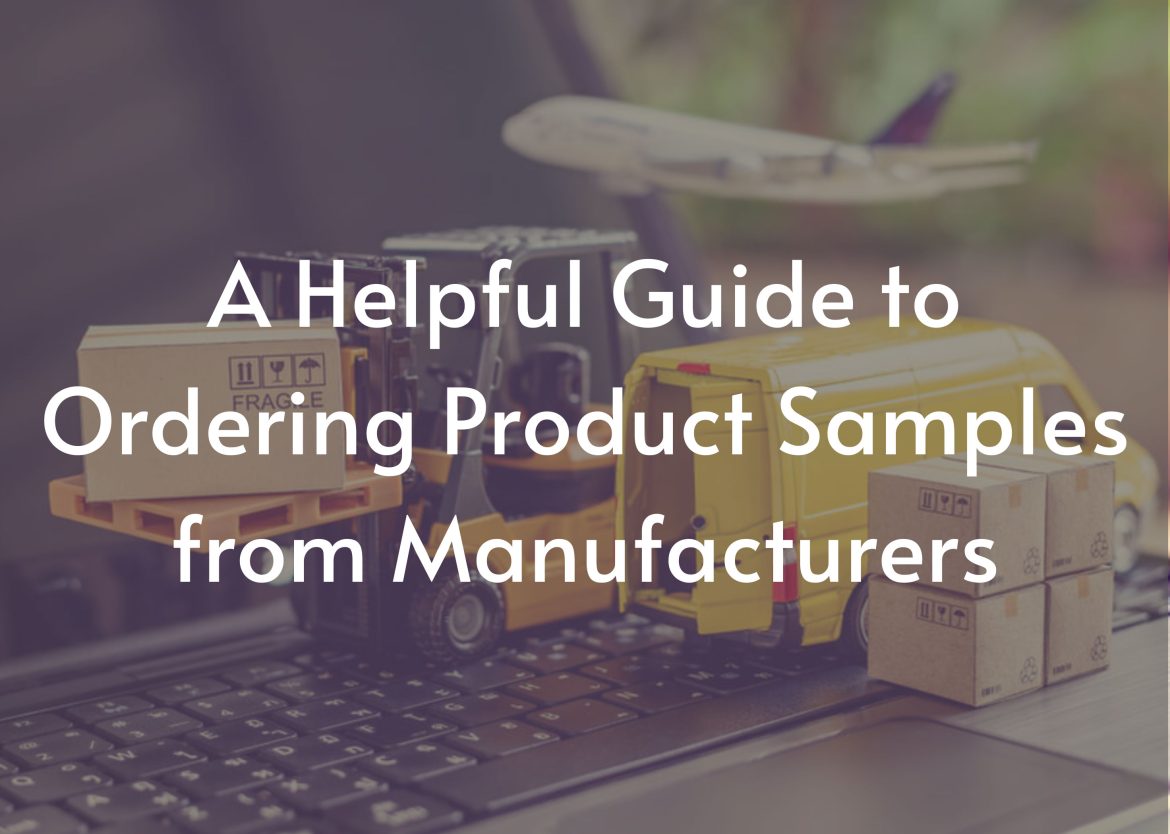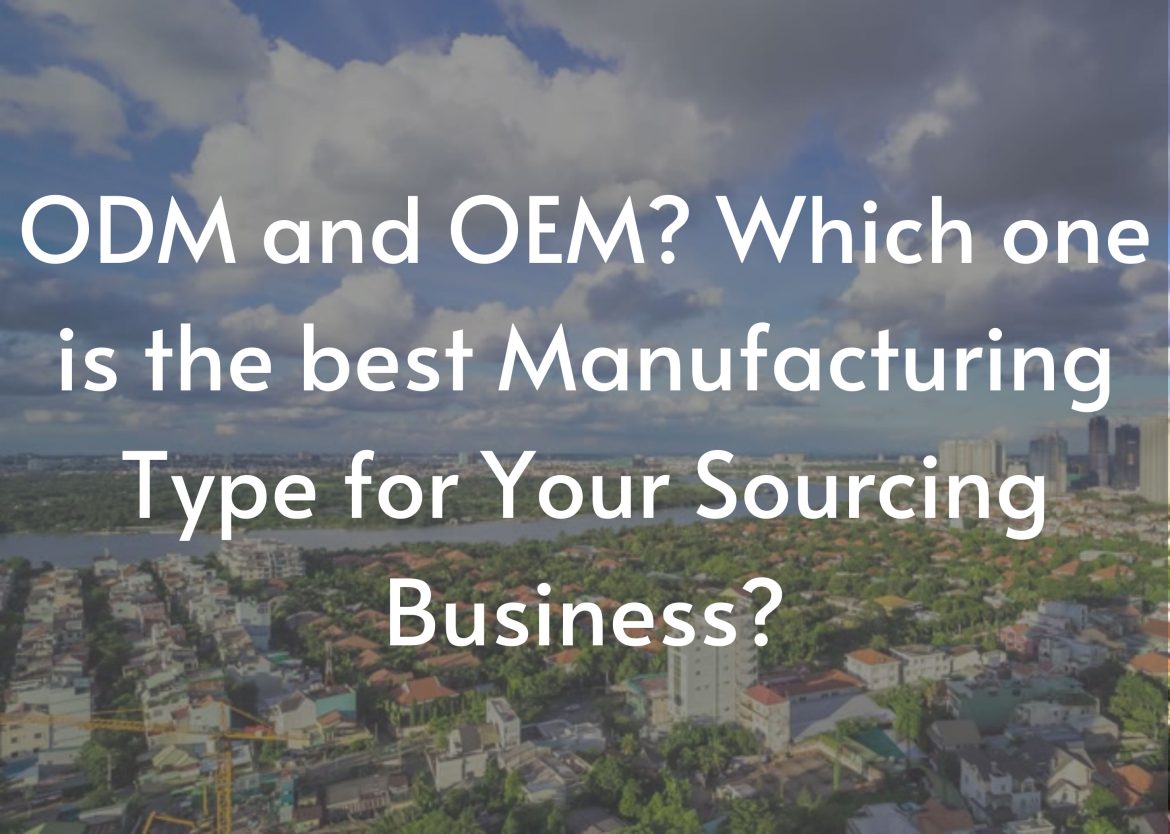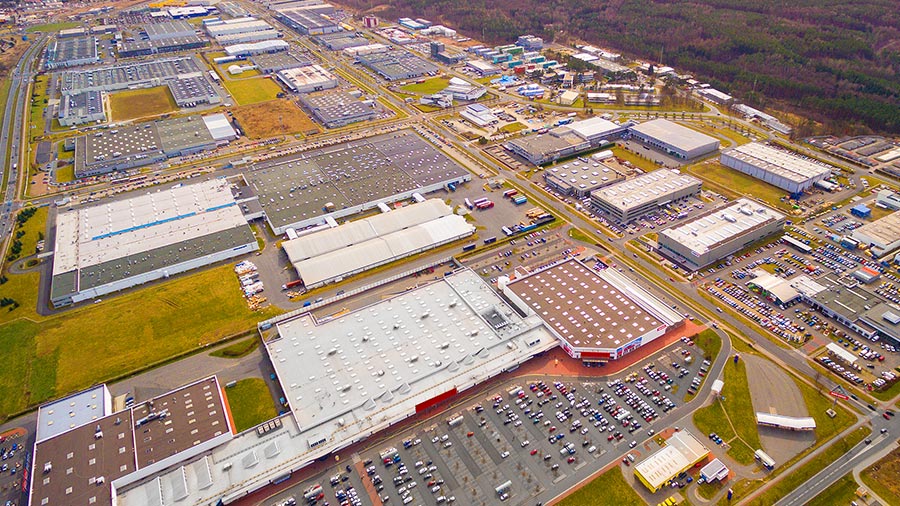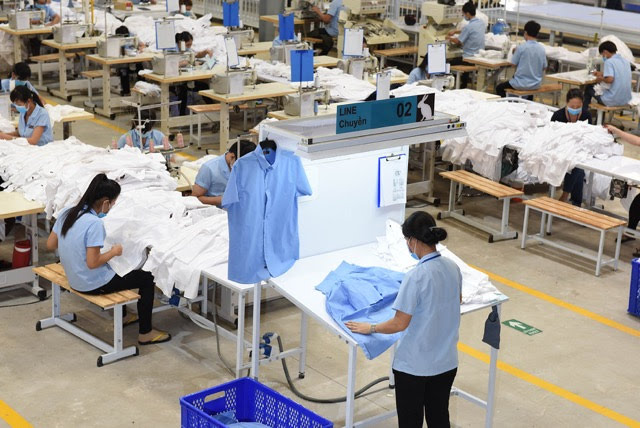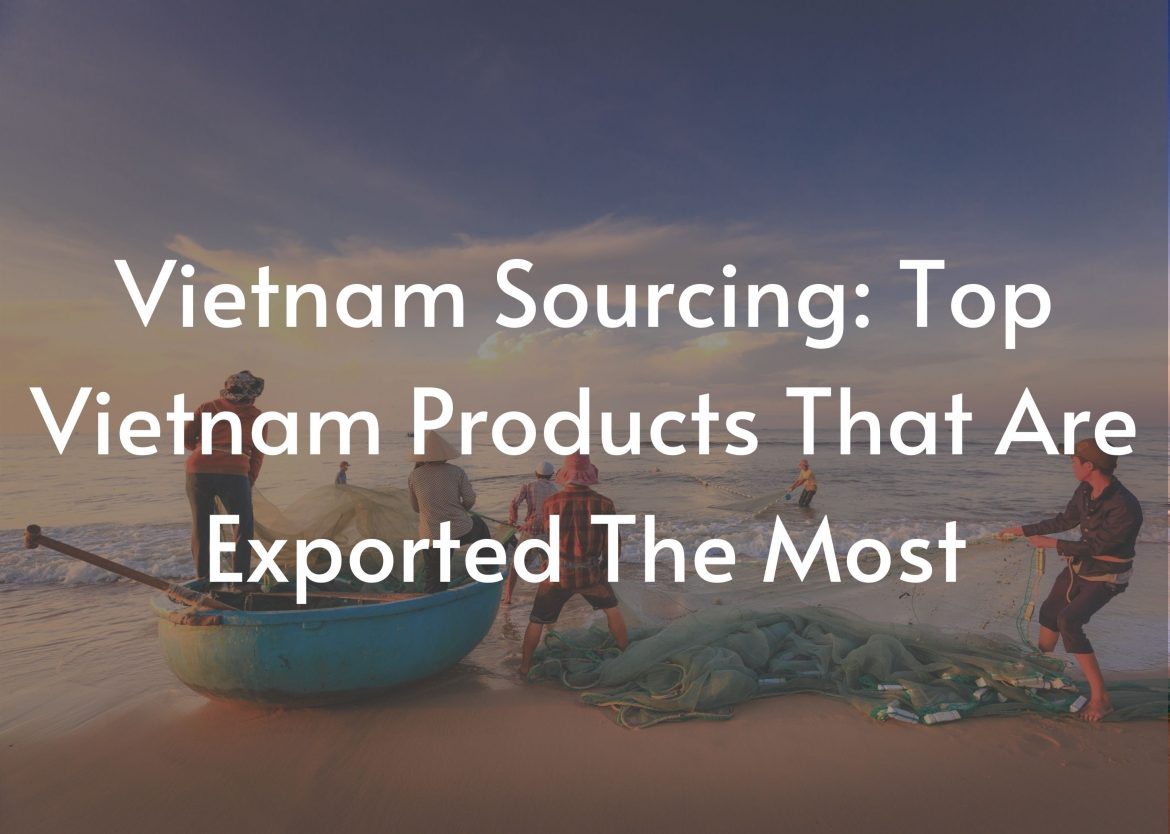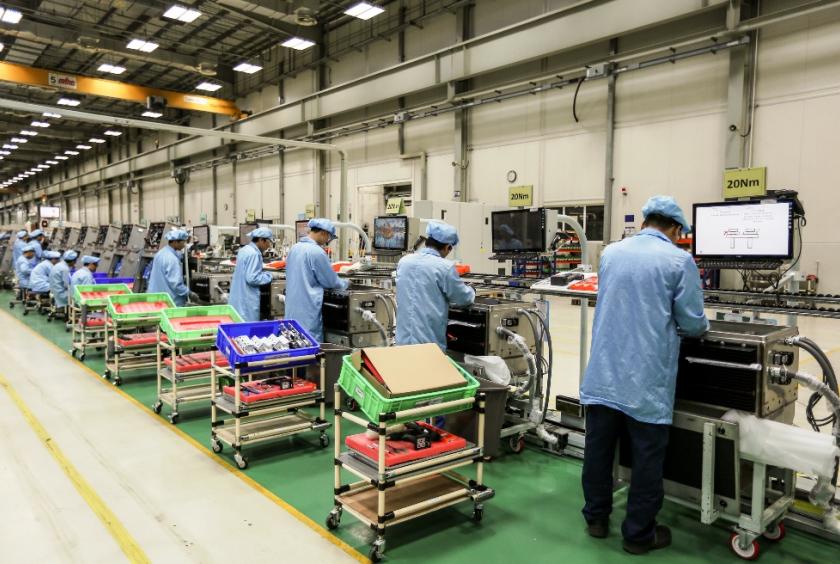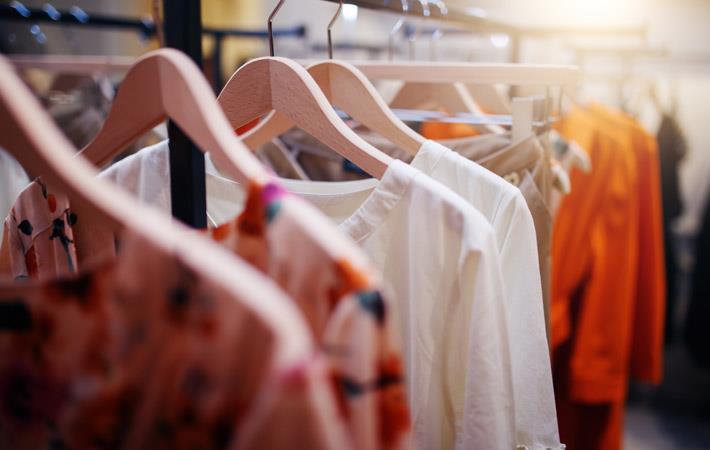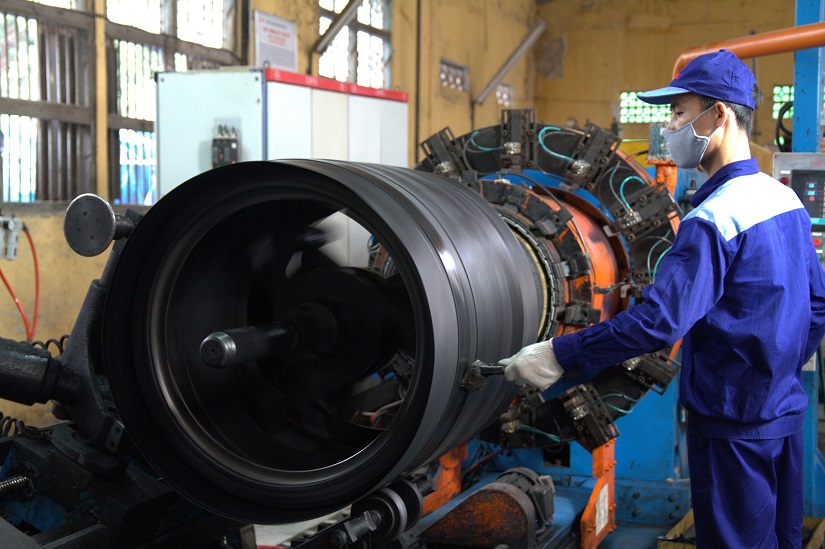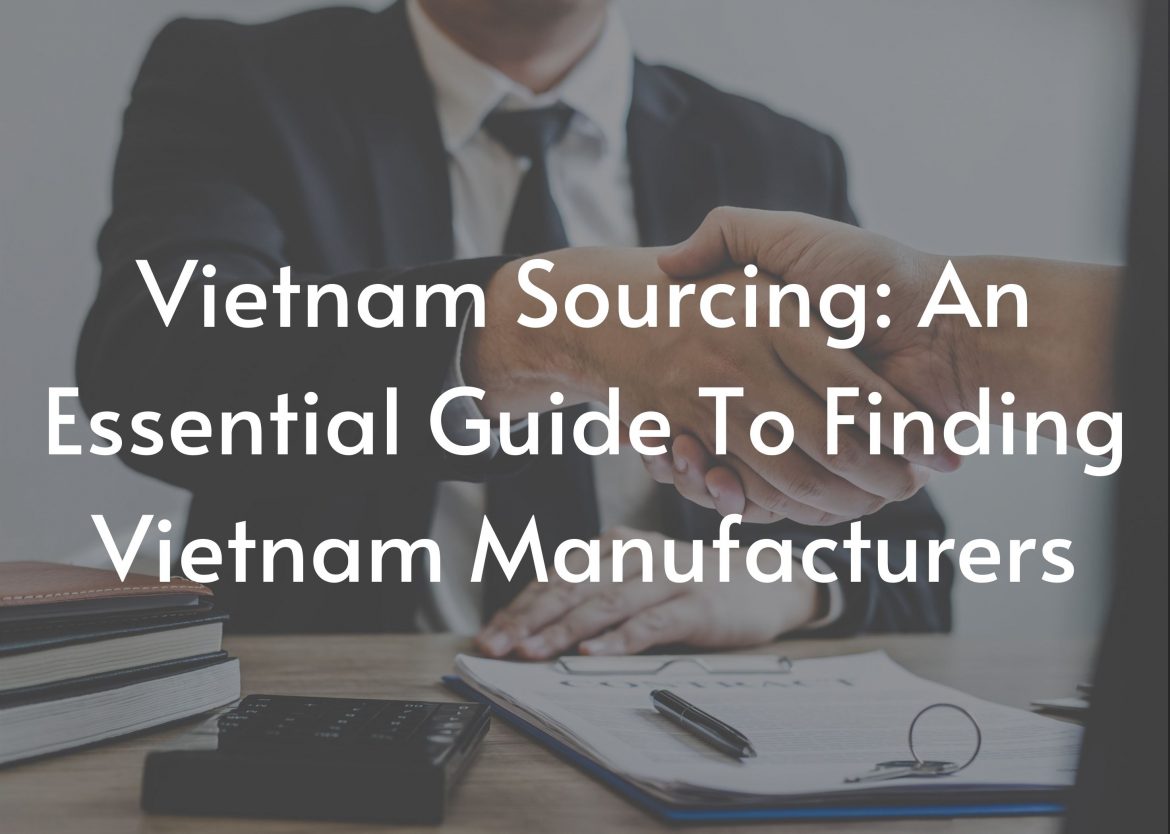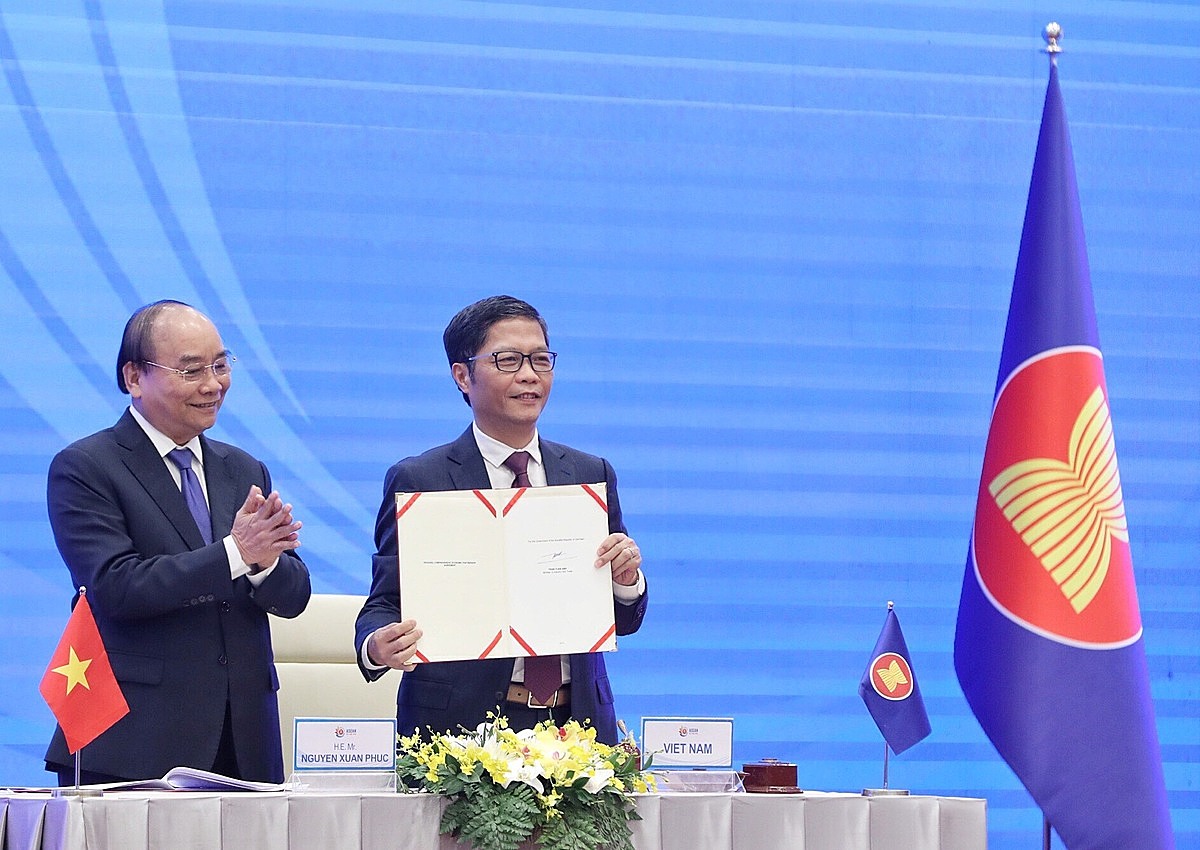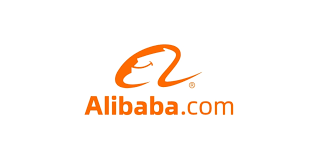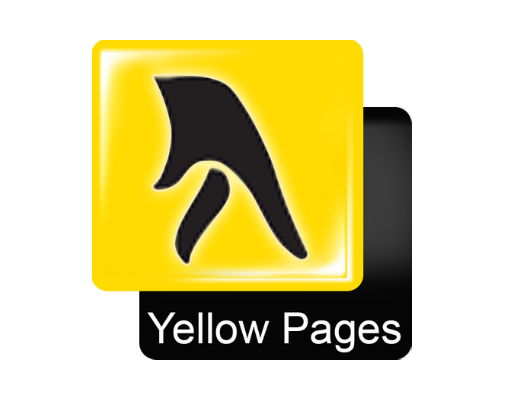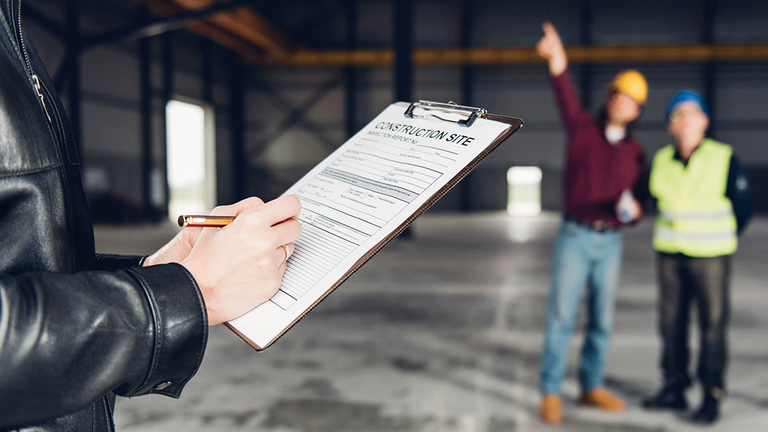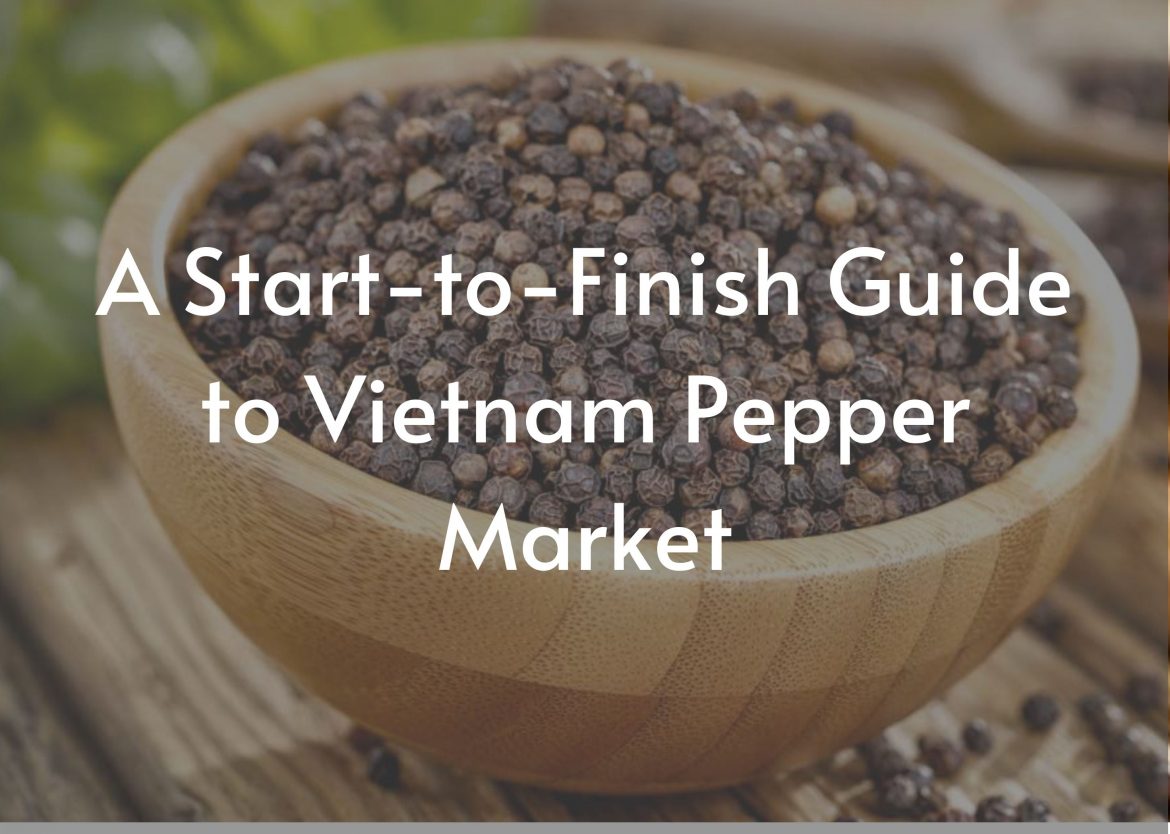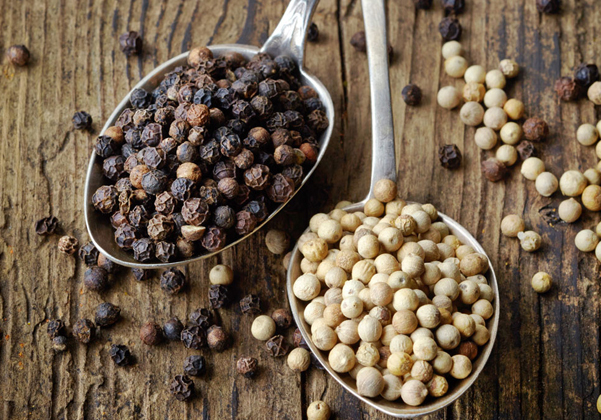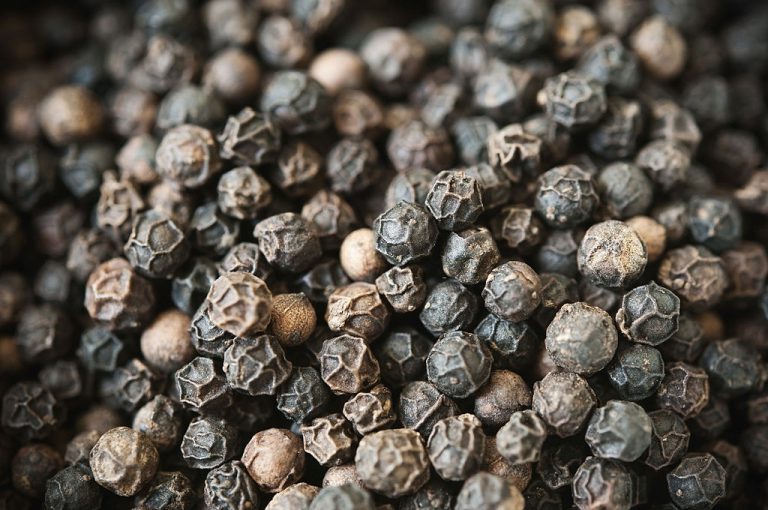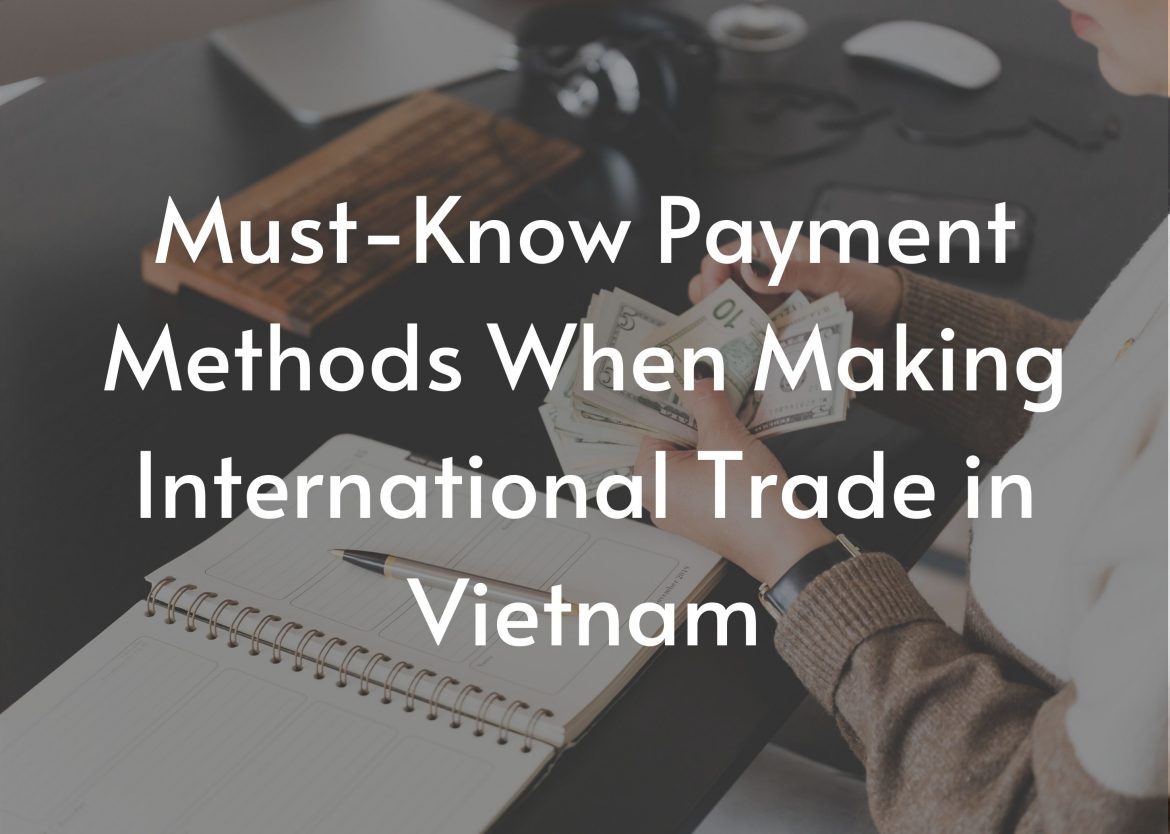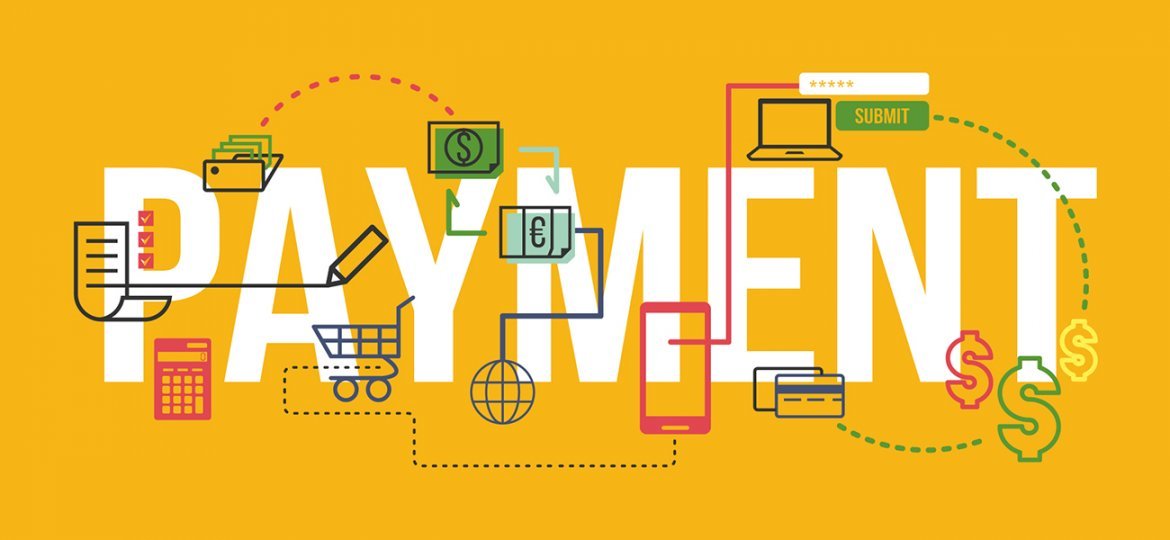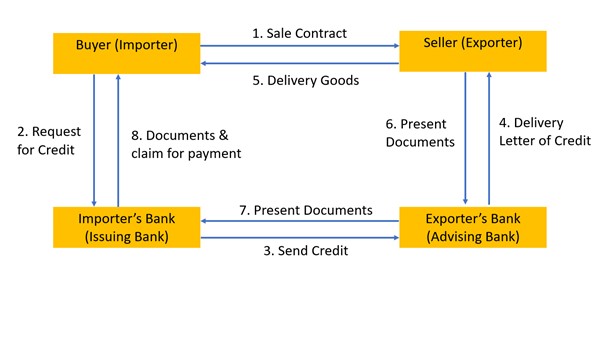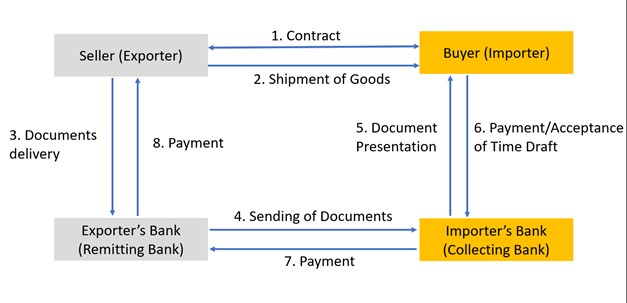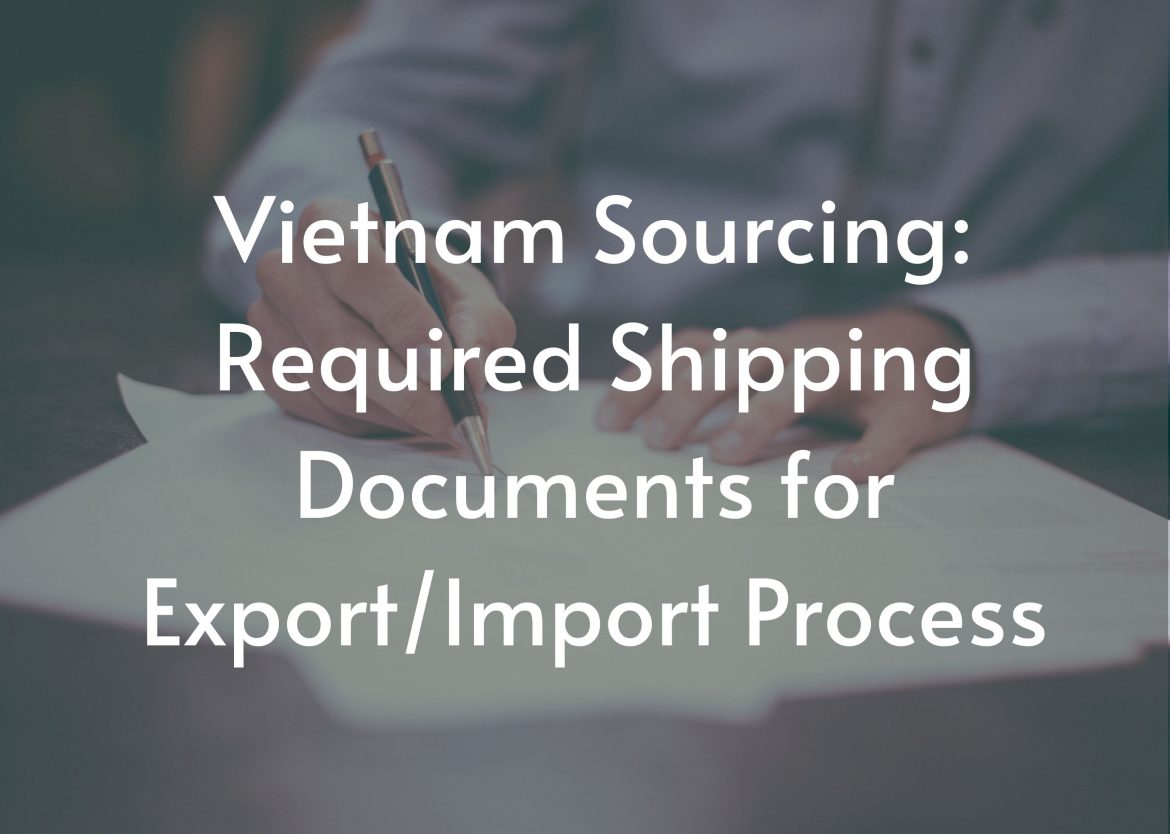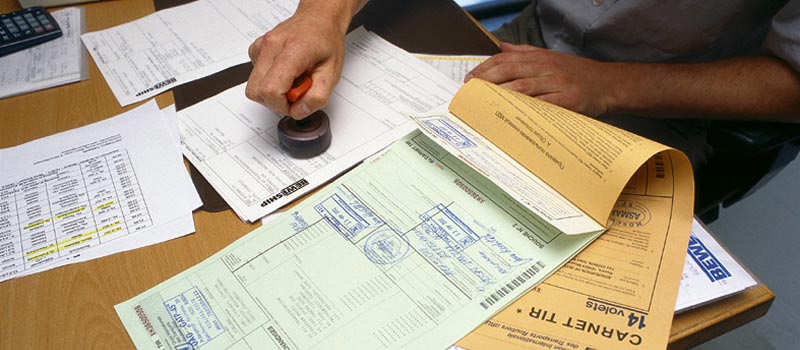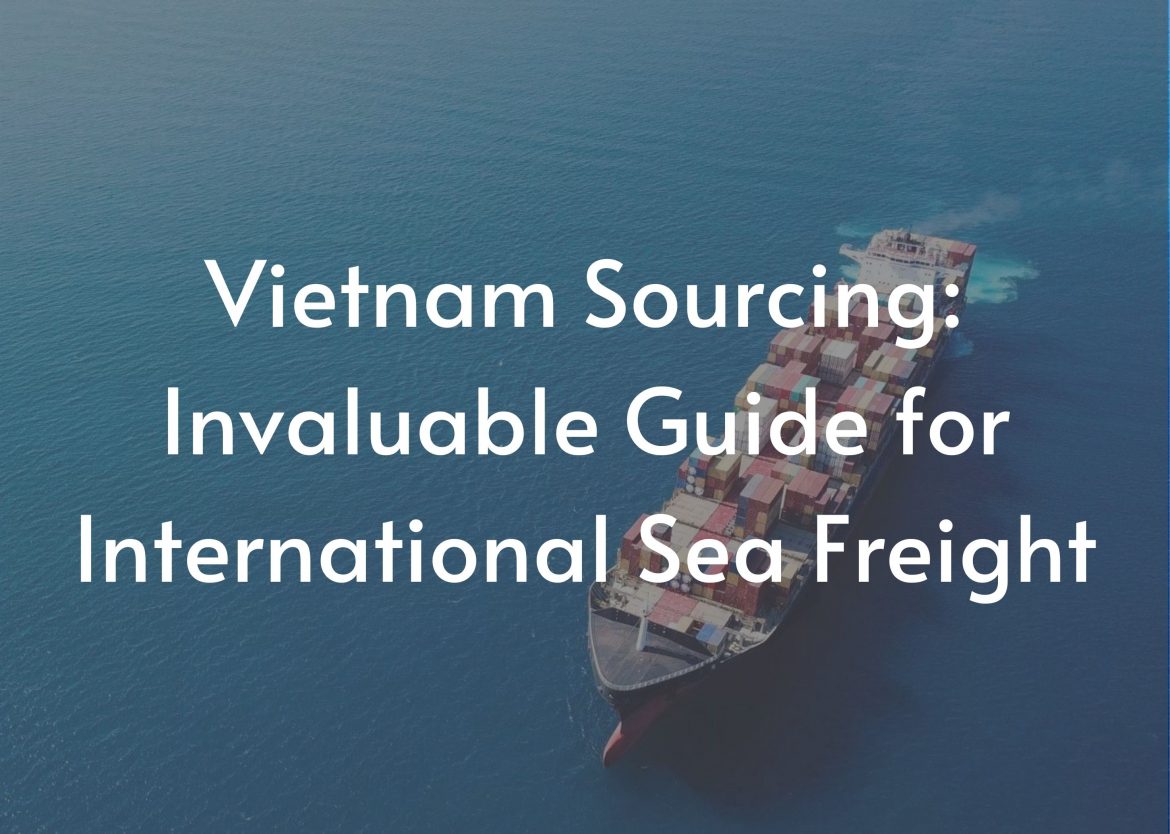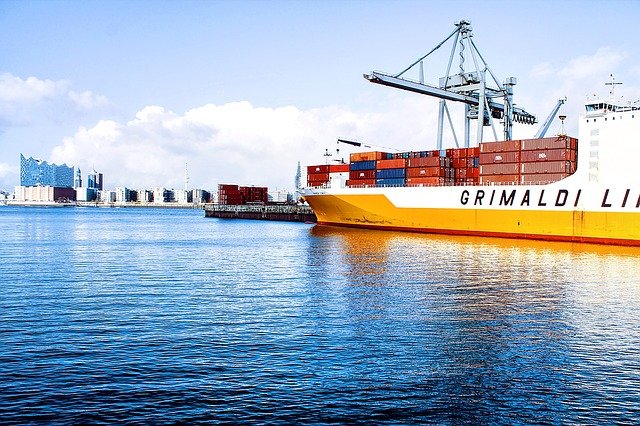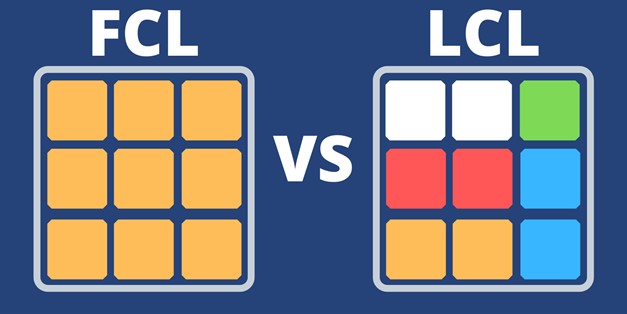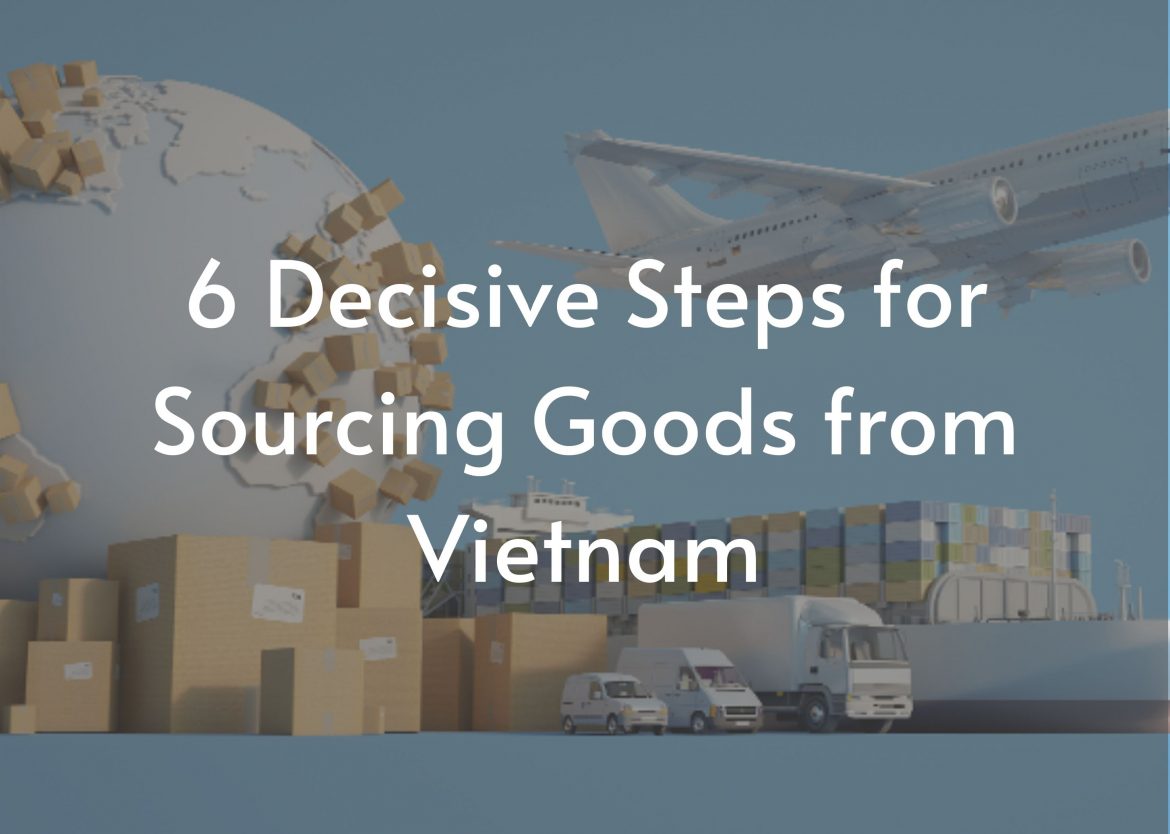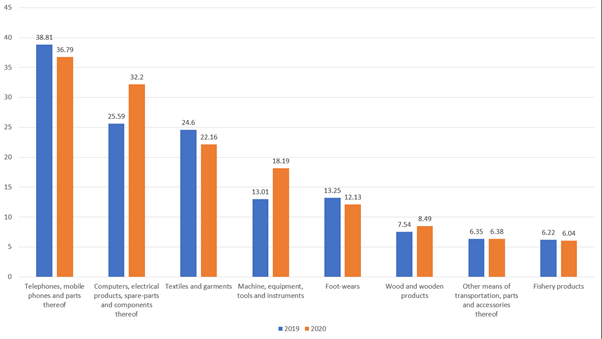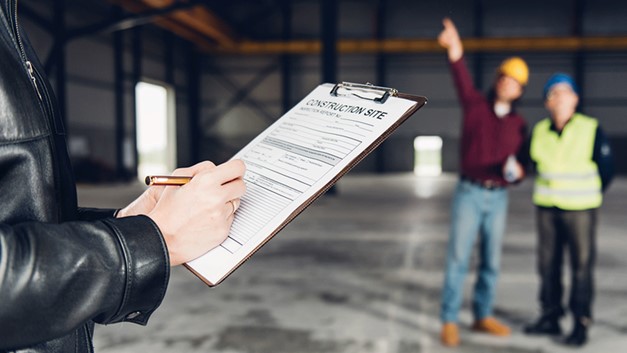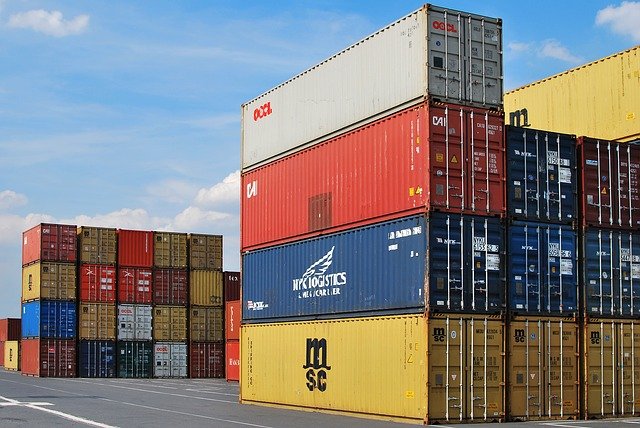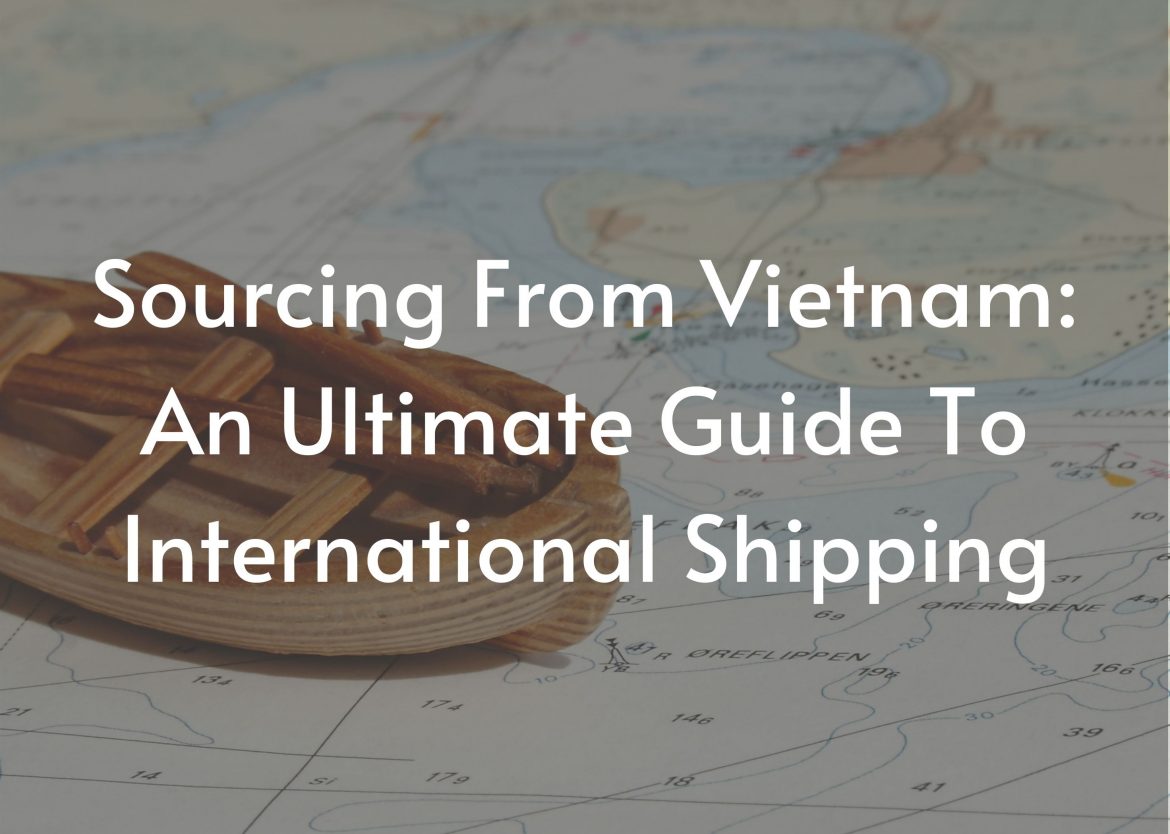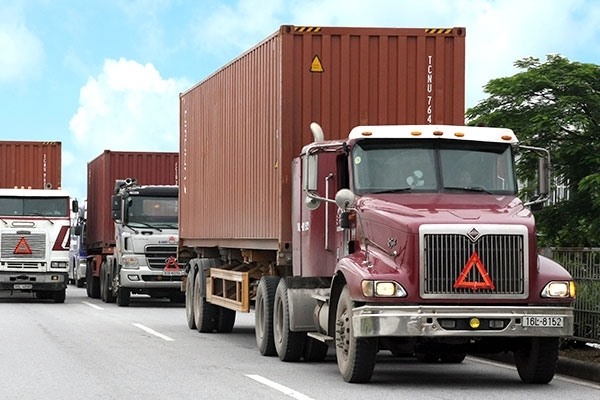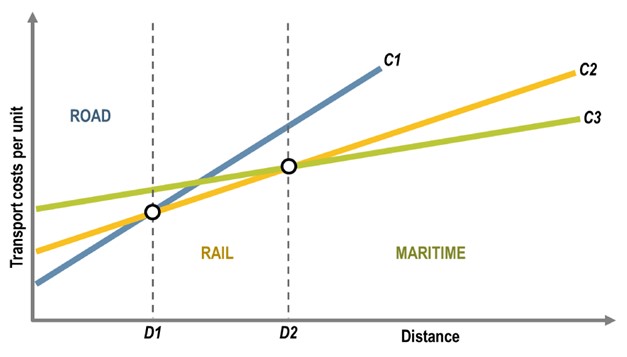After finding Vietnam manufacturers that meet your requirement, it’s time for you to order product samples from these potential suppliers. It could be said that ordering product samples is a crucial step for your sourcing process no matter which countries are you sourcing from. In order to make sure that your upcoming investment is worthwhile, checking samples before committing to a larger order is extremely necessary. This blog article, therefore, will provide you with knowledge you need when requesting product samples from Vietnam manufacturers.
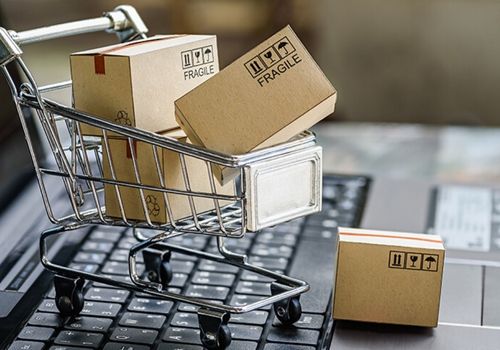
A Helpful Guide to Ordering Product Samples from Vietnam Manufacturers
Check out our main points in this blog article:
1. Why Should You Order Product Samples?
There are many reasons for why you should order product samples before actually making any larger orders.
Evaluate Quality
You can directly evaluate how the products look, smell or taste even. Especially for customized products, you will know exactly whether your products are manufactured in a proper way and meet your requirements or not. By checking samples instead of just placing your trust in images which the suppliers provide, you can ensure the high quality you want for your products before the large volume is manufactured or making a bulk purchase.
Evaluate Suppliers’ Competency
This step can help you evaluate suppliers’ competence. Through the process of ordering and shipping product samples, you can know well how they communicate, how fast they process the orders and the way they package their products. Furthermore, with the sample products, you can check if the manufacturers are capable of making products that qualify your requirements or not. Then you could narrow down your list before choosing the most suitable one.
Build relationship with suppliers
This practice will show your seriousness in this business and this helps establish your relationship with suppliers. When suppliers realize that you are seriously interested in their products, they will be more willing to spend time on making conversation with you. This means that you can get more detailed information to consider which is very helpful for the sourcing process.
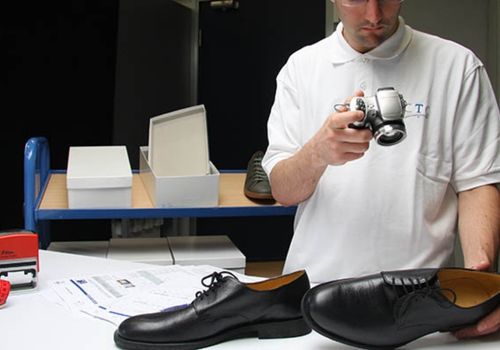
Use samples in product photos for your online business
Use for Product Photos
You can take more advantages of samples by using them in your product photos for your online store or displaying it in your brick-and-mortar store also.
With reasons listed above, it is obvious that ordering samples benefits you in many aspects and this step, therefore, plays a crucial role in your sourcing process.
2. Ways to Pay for Ordering Product Samples
Most of the time, suppliers will not ask you to pay for the samples. The product samples are free but the shipping fee is not. In fact, since suppliers usually send samples to you by air, its fee is relatively high.
There are a number of financial systems that you can use to pay for suppliers depending on which one is the most suitable one for both sides. In Vietnam, financial systems that are mostly used include Paypal, Western Union, MoneyGram and Transferwise.
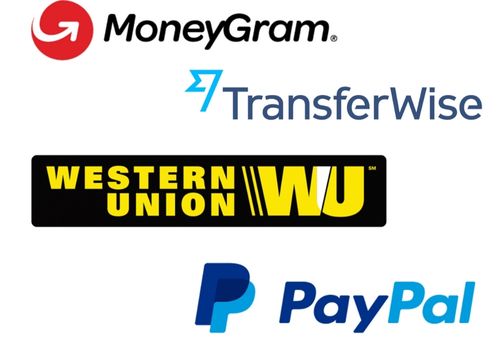
Financial systems that are mostly used when making international trade in Vietnam
However, if you think this cost is too high and want to avoid it, there is still a solution. You can negotiate with the supplier and suggest that this payment should be taken off since the purchase order is large enough.
Besides, you cannot order from only one supplier but various manufacturers to have a comprehensive evaluation. This will lead to several orders that are shipped and the total shipping fee could be very high. It is recommended that you should ask all your suppliers to send their samples to a third party located in the same country with them. This approach will save you a lot when you just have to pay shipping fee once for all.
3. What Should You Bear In Mind When Purchasing Product Samples
When making product samples orders, a number of things should be taken in account. Have a look at points below to make sure that you will cover all of them when ordering any samples.
Order from more than one supplier
After the first step of finding Vietnam manufacturers, you should have a list of 3 – 5 potential suppliers that meet your requirements. Then, in the step of requesting product samples, what you need to do is order samples from each of them instead of just asking one to give samples and trust the remaining ones with their photos. Then you can compare samples from many suppliers to find which supplier is the best one.
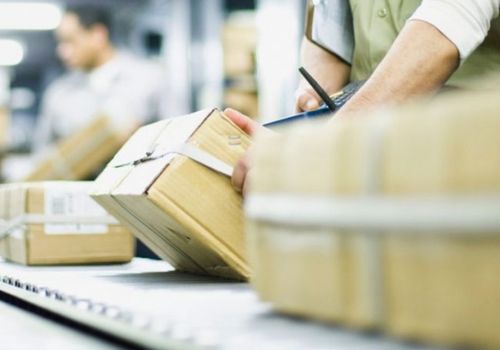
Order from more than one supplier is recommended
Order more than one product sample from a supplier
For each supplier, it is highly recommended that you should order more than one product sample from a supplier. This means that you can get more samples to consider and have a comprehensive look at what they are producing. You’ll then be able to make a well-calculated decision on which supplier you should use for a specific product.
Furthermore, in the shipping process, there is still a chance that samples could be damaged. For this reason, ordering more than one sample will partly avoid the situation that you have to make another order and pay shipping fee twice.
Check samples carefully
As the sample will become the guide for suppliers to manufacture or supply exactly what you want, you should carefully check samples to ensure it completely meets your requirements. Furthermore, the sample you approve could be used for comparing to the final products and considered as a reference if any bad situations occurred.
What’s more? If product samples you receive have been damaged in the shipping process, there are chances that a larger order will have similar characteristics. In any cases, it is necessary to contact your suppliers to discuss your needs more. If you two cannot reach the consensus in achieving a better approach or win-win, choosing another manufacturer is suggested.
Send feedbacks after receiving samples
No matter how you feel about the samples, satisfied or disappointed, you should let suppliers know what you think of their products. If they’re good, give them the compliments. This could help you build a good relationship with your suppliers.
But if their samples do not meet your requirements, let them know and discuss more to see whether they can offer anything or change according to your need. Then you can make your own decision on which is the most suitable supplier for your business.
4. How to Know Whether a Supplier Is Right for Your Business
After receiving and evaluating product samples, it’s time for you to decide which one is the best to do business with. Now you should think of the experience you have had with your potential manufacturers, from the first time they respond to you to the moment that you evaluate all their samples. This will adequately reflect what you will experience when purchasing a larger order.
Yet there are still a number of factors that should be considered when you place expensive orders, including:
Price: Besides product quality, prices also play a crucial role in your choice of suppliers. What do you have to pay for all? Verify all elements: cost per unit, delivery cost, etc.
Quantity: To get the best price, the MOQ the suppliers offer is usually high. If it does not align to your needs, you can negotiate with the supplier to reach the number that works best for your business.
Production capacity: The ability of a manufacturer to produce and fulfill your order is important. By learning it in the beginning, you will save a lot of time as well as efforts later.
Payment Terms: Vietnam suppliers favor 2 main payment terms which are T/T payment and LC irrevocable at sight. You can find out more about payment methods when making international trade in Vietnam HERE.
Delivery Terms: When it comes to Delivery Terms, Vietnam manufacturers prefer FOB, CIF or EXW. You can negotiate with them to have the best approach for both sides.
With knowledge of ordering product samples above, you can make this step in your sourcing process from Vietnam more efficient than ever. In order to facilitate the process of sourcing from Vietnam, check out our Vietnam sourcing blog list below:
6 Decisive Steps for Sourcing Goods from Vietnam
Sourcing from Vietnam: An Ultimate Guide to International Shipping
Vietnam Sourcing: Invaluable Guide for International Sea Freight
Vietnam Sourcing: Required Shipping Documents for Export/Import Process
Vietnam Sourcing: Must-Know Payment Methods When Making International Trade in Vietnam
Vietnam Sourcing: An Essential Guide to Finding Vietnam Manufacturers
Viego Global – Your trusted sourcing partner in Vietnam
Are you going to source from Vietnam, an Asia sourcing hub with great potential? Are you faced with any problems when sourcing from Vietnam? With professional experience and presence at factory location, Viego Global thoroughly understands and has the capability to help you break through all the barriers as well as successfully do business in this country. Just leave your comment below or click HERE for further support!
